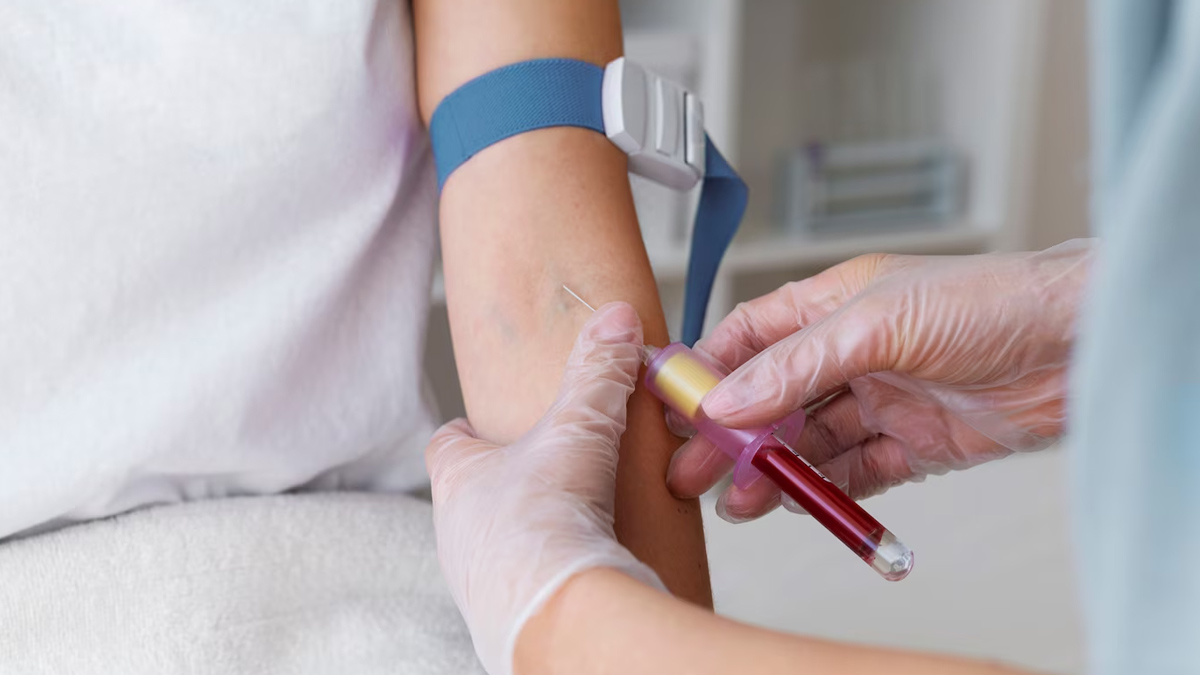
Thalassaemia is an inherited disorder of the blood affecting the body's capacity to produce haemoglobin, leading to anaemia and complications. According to the World Health Organisation (WHO), thalassaemia affects around seven percent of the global population with over 3 lakh babies born with severe forms of thalassaemia in a year. The disease may even lead to life threatening conditions if left untreated making its screening essential especially among those planning to start a family.
Thalassaemia Screening Essential For Pregnant Women
Dr Gandhali Deorukhkar, Consultant - Obstetrics and Gynaecology, Wockhardt Hospitals Mumbai Central says “particularly in pregnant women, screening for thalassaemia is crucial so that dangerous health complications both to the foetus and the mother are avoided. Thalassaemia is inherited when both parents carry the defective gene. When this is so, when the couple has a child there is a 25% chance that the child will transmit a more serious form of the illness. Babies born with this illness will typically require blood transfusions and medical care for the rest of their life.”
It is for this reason that screening for thalassaemia during pregnancy is warranted, particularly in the setting of known high-frequency occurrences like South Asia, the Middle East, and much of the Mediterranean. Screening may most frequently be performed by a simple blood test as in CBC (Complete Blood Count) or haemoglobin electrophoresis, which detect abnormal haemoglobin levels and can identify carrier status, Dr Deorukhkar adds.
Also Read: High Haemoglobin Levels: Here’s What It Could Mean for Your Body
-1753438846020.jpg)
Causes
Two alpha and two beta globins make up the four protein chains that intern make up haemoglobin (an essential protein in blood). Genes, or genetic information, inherited from your parents are present in both alpha and beta chains. “Consider these genes to be the programming or "code" that governs each chain and, consequently, your haemoglobin. You will have thalassaemia if any of these genes are absent or faulty,” suggests Dr Deorukhkar.
Symptoms of Thalassaemia
Dr Deorukhkar says that thalassaemia comes in a variety of forms. The type and severity of your symptoms may vary from patient to patient.
Severe thalassaemia symptoms can include:
- Fatigue
- Weakness
- Yellowing of the skin and eyes or a change in skin tone
- Changes or issues with the bones of the face
- Slow growth
- Swelling of the abdomen
- Dark urine
- Lack of appetite
Some infants are born with thalassaemia symptoms. Others experience symptoms in their first two years of life. However, some thalassaemia sufferers are asymptomatic.
Also Read: Living with Thalassaemia: Add These 5 Essential Nutrients To Your Diet To Manage The Condition

Treatment Of Thalassaemia
According to a 2023 study when both partners are carriers, genetic counselling is recommended. The couples may then proceed to prenatal testing (chorionic villus sampling or amniocentesis) to test if the child was affected by the disease. Assisted reproductive technologies such as IVF and genetic screening (PGD) can also be employed to offer a healthy pregnancy in some cases. Commented, thalassaemia screening allows relatives to make reproductive decisions as well as prevent serious cases of the disease. “Though the health of carrier females is mostly not affected, knowledge of their status allows them to make informed plans for future pregnancy,” Dr Deorukhkar adds.
Bottomline
Prenatal screening in couples improves the quality of care for both the mother and the foetus by early detection of at-risk pregnancies. It enables medical professionals to carry out prompt interventions and offer expectant parents specialised support. “Healthy outcomes for the developing foetus and the mother are ensured by this early detection and management. Experts suggest that the widespread use of prenatal thalassaemia screening lowers the incidence of severe thalassaemia syndromes and improves the general health of future generations by directly resulting in the birth of healthier infants,” Dr Deorukhkar concludes.
Also watch this video
Read Next
World Hepatitis Day 2025: The Fight Against Hepatitis B And C - Awareness, Detection, And Treatment
How we keep this article up to date:
We work with experts and keep a close eye on the latest in health and wellness. Whenever there is a new research or helpful information, we update our articles with accurate and useful advice.
Current Version